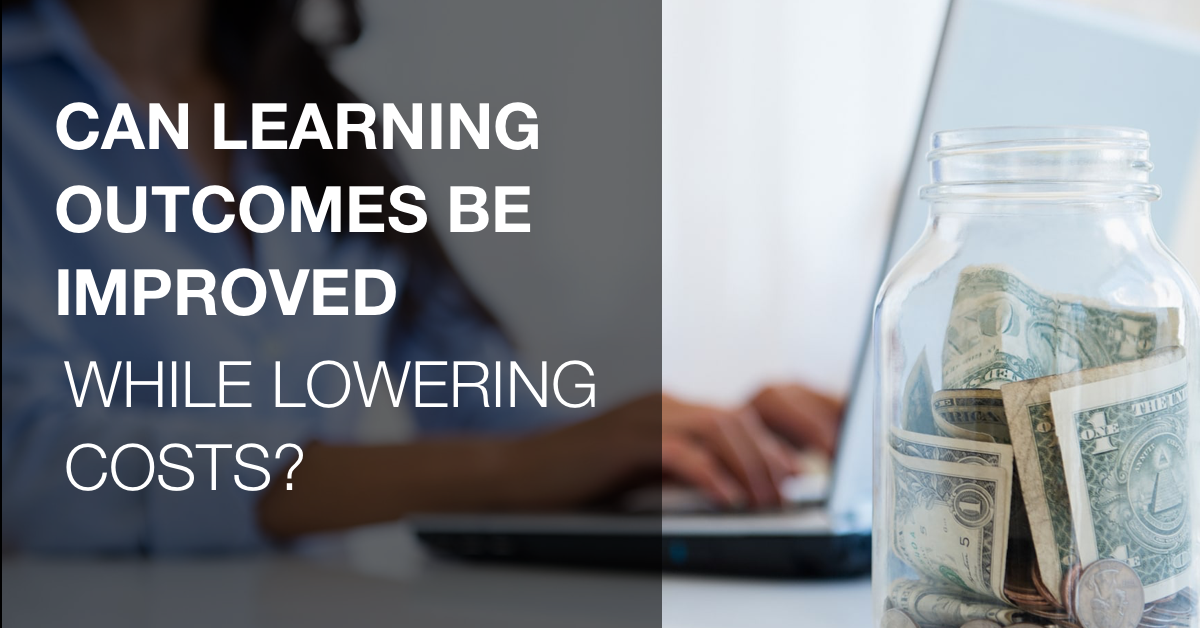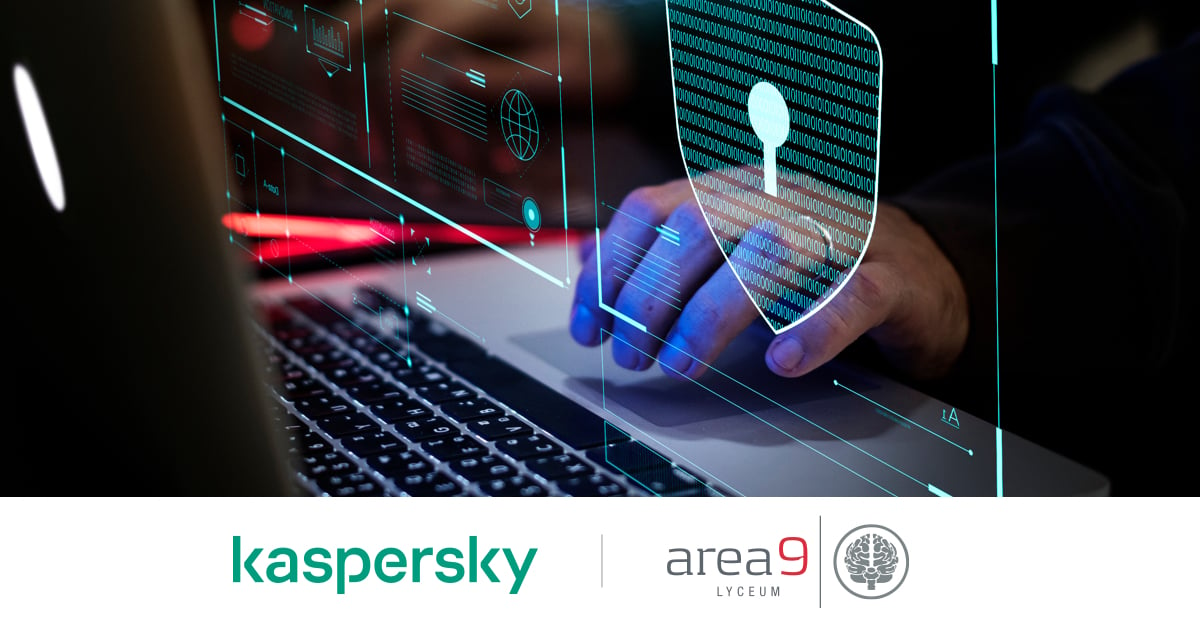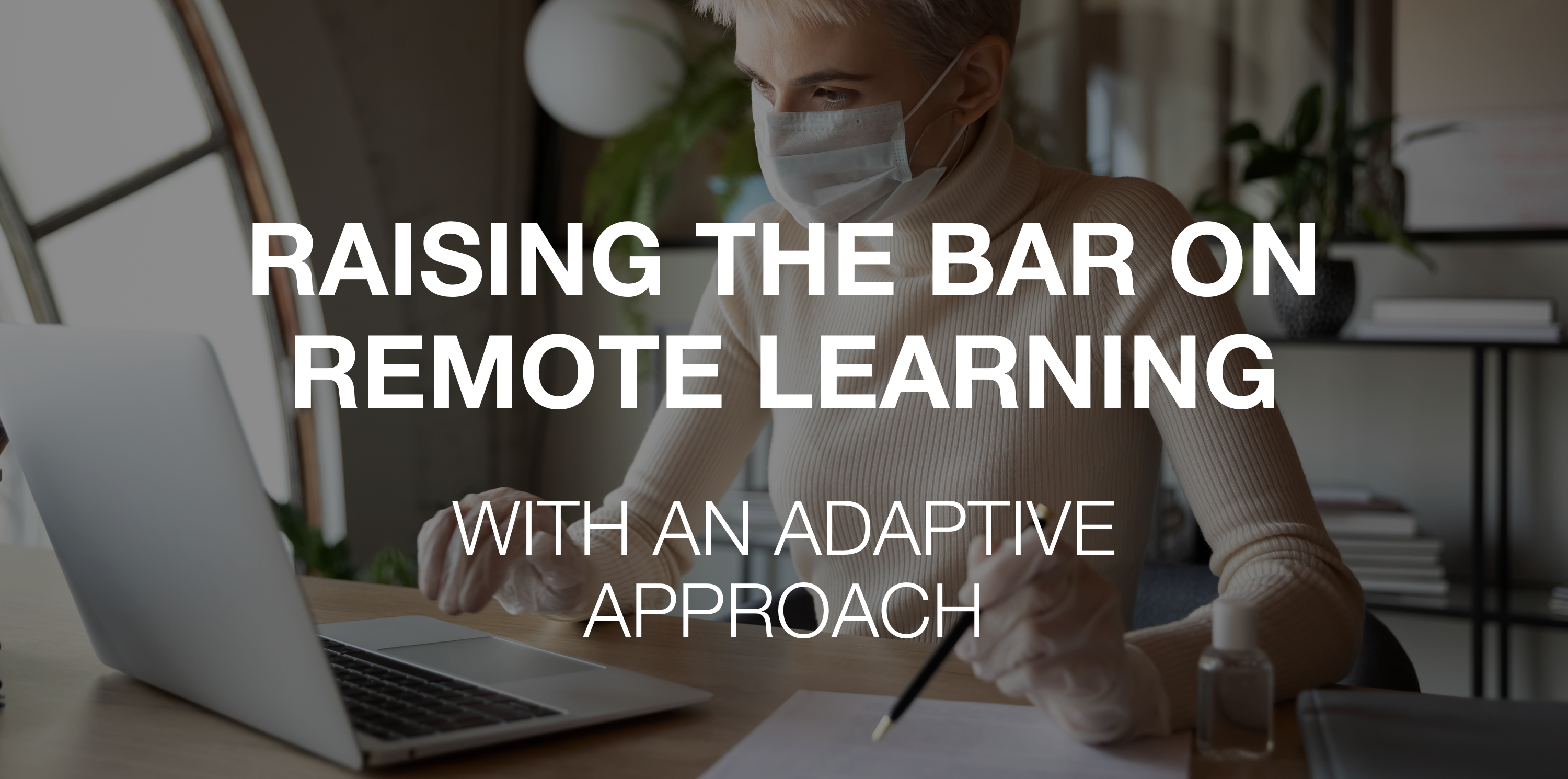Every year, millions of people make “new year’s resolutions”—and organizations, in their own right, do much the same by setting goals for the year ahead. As we reach year-end, ask yourself: how did 2018 stack up against your plans, and what does 2019 hold?
In Chief Learning Officer® Magazine’s 2018 State of the Industry survey, 74% of the 500 respondents said they would “adopt new training techniques” in 2018. Three-quarters of learning leaders responsible for millions of users planned to make fundamental changes to their training delivery approaches! You might find this surprisingly high; I did not. Back in 2012, during my tenure as CLO in a multinational corporation, I came to the shocking realization that I would have a hard time quantifying the impact of most of what my team was doing, and that something needed to change. We did change, and now six years later I believe the need for change has spread far and wide.
In a future blog I’ll talk about the major forces driving change in talent development, but 2018 was clearly a turning point. For far too long, talent development has suffered from the “motion vs progress” problem. Alfred Montapert, author of The Supreme Philosophy of Man: The Laws of Life, said, "Don't confuse motion and progress. A rocking horse keeps moving but doesn't make any progress."
L&D metrics often report on motion—e.g., an organization introduced 10 new programs; 1,000  leaders completed DISC® training; we gave all employees access to the “XYZ” content library; we launched our new Learning Experience Platform, and so forth. Yet, all too often metrics fail to identify whether that motion generated any progress for learners. Did they learn anything? Did they become better at their jobs? Did they have more career opportunities?
leaders completed DISC® training; we gave all employees access to the “XYZ” content library; we launched our new Learning Experience Platform, and so forth. Yet, all too often metrics fail to identify whether that motion generated any progress for learners. Did they learn anything? Did they become better at their jobs? Did they have more career opportunities?
That 74% statistic is therefore not surprising given that the training techniques L&D has relied on for decades—classroom instruction (physical or virtual) and e-learning—have proven to be spectacularly poor at delivering good outcomes compared with the gold standard: personal tutoring. As more and more organizations come to this realization, they are looking to “adopt new training techniques.” Though there is much interest in virtual and augmented reality, the research (such as this study) clearly points to personalization at scale as a practical, production-ready, and cost-effective solution.
The route to personalization at scale is adaptive learning—a software-enabled teaching approach that delivers proven outcomes. In corporate L&D, adaptive learning delivers many benefits, and six in particular that help quantify impact:
- Greater time efficiency to achieve competency. Learners achieve mastery up to 50% faster than traditional corporate training approaches
- Greater competence to support better outcomes
- Adaptive learning’s question-based approach captures learner data
- Personalized learning delivered across heterogeneous groups with different backgrounds, experiences, and knowledge
- No more “check the box” on compliance training
- Ability to update training frequently as requirements change
In addition, adaptive learning assesses not only competence, but also confidence. This can increase “conscious competence” as employees gain greater confidence in what they know—while reducing “unconscious incompetence” when employees think they know something but, in fact, do not.
Content Is King
Having an advanced personalization platform is imperative, but equally important is the content to be delivered via an adaptive learning approach. Of the companies surveyed, 71.1% said they were looking to develop more custom content.
Content development and curation can be challenging, time-intensive, and costly. For this reason, many companies have turned to what appears, on the surface, to be an easy solution: user-generated content (UGC) such as videos and blogs that can be easily produced and uploaded by anyone in the organization. But even when user-generated content is made searchable, that doesn’t automatically make it useable or relevant.
Here we have the “Field of Dreams” problem (named after the Kevin Costner movie): UGC assumes “if we build it, they will come”; evidence suggests that they will not come, and it is far from clear whether those who do will learn very much. Content must be accurate and highly relevant, and also delivered via a platform that tailors content delivery to each learner’s needs. In addition, adaptive platforms must be able to update content and expand learning resources as needed.
To develop and curate content, organizations must have advanced tools that match the capabilities of the most sophisticated adaptive learning platforms. For example, Area9 Rhapsode™, our fourth-generation adaptive learning platform, uses AI and other advanced technologies for even greater personalization, with enhanced ability to adapt learning to any competence level.
From L&D Actions to Impact
Now at year-end, as you assess the progress you made in 2018 and put in place your strategies for 2019, ask yourself how you will know if you’ve been successful. Are you measuring activity or real impact? I believe L&D’s fundamental role is to build organizational capability. If your delivery techniques can’t tell you whether you’ve done that, maybe 2019 is the year to do something about it.










